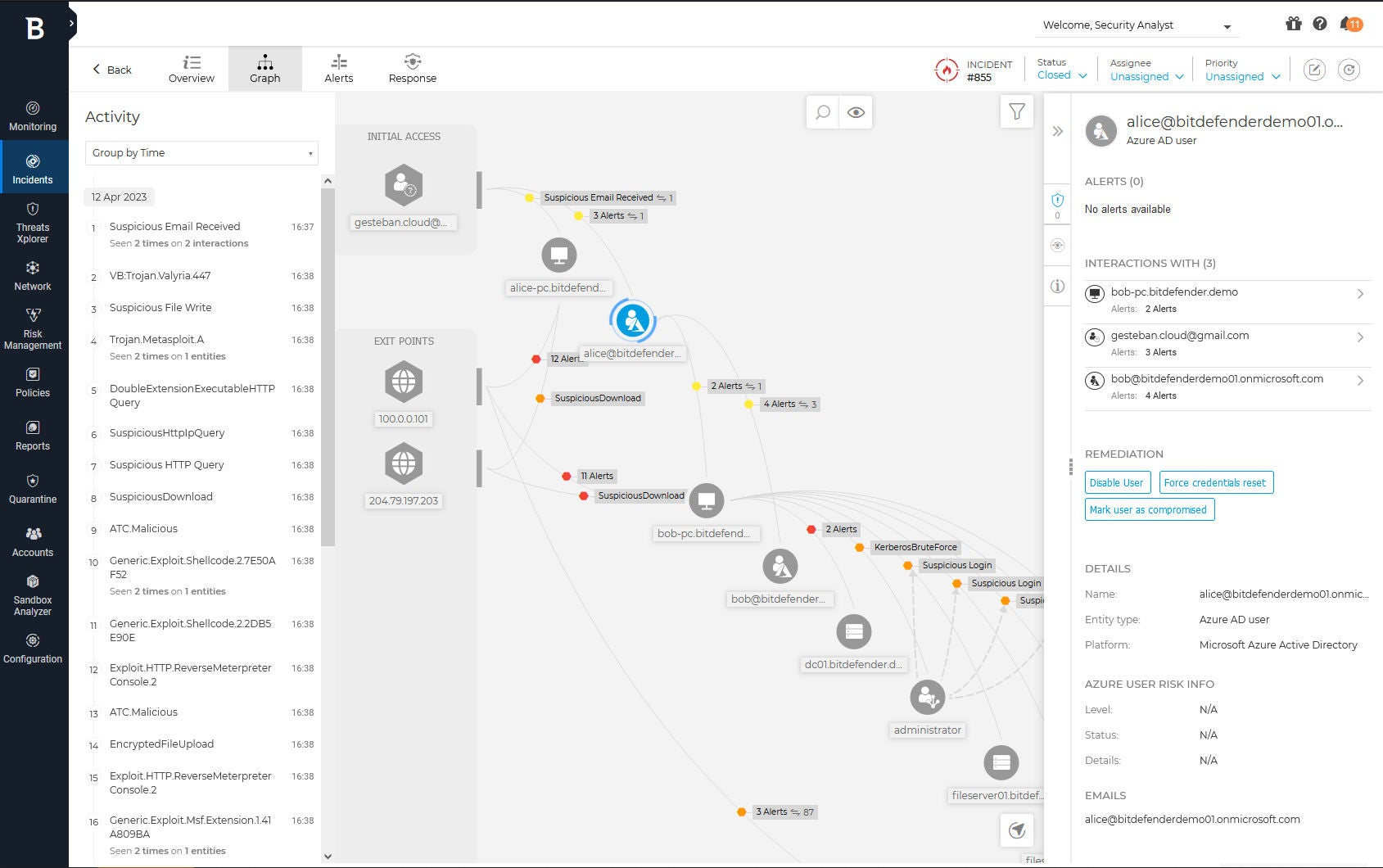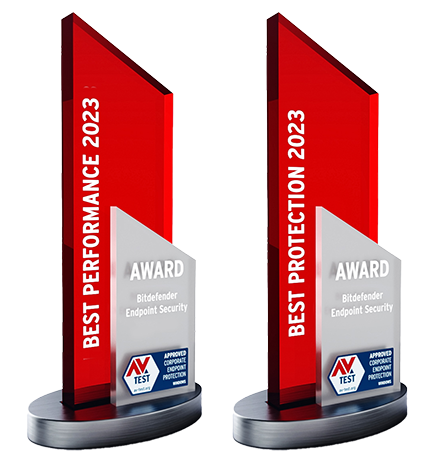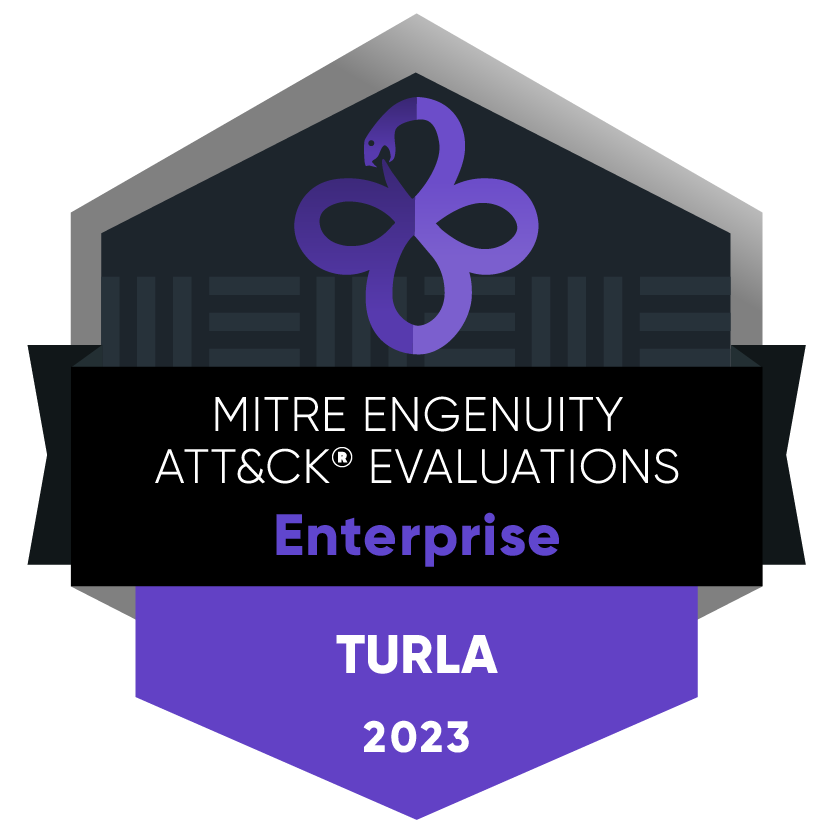Stop attacks 50% faster and reduce risks by consolidating threat visibility across endpoints, identities, network, applications, clouds, and mobile devices.
Reduce detection and response efforts up to 90% by automating the correlation of threat signals and using a human-readable incident synopsis.
Empower teams of any size and experience level, and get value from day one with turnkey deployment, no need for custom integrations or detection rules.
Experience the potential of GravityZone to simplify and automate your security workflows. XDR Demo mode simulates an incident to accelerate your evaluation of investigation and response workflows.

Based on results in Real-world Protection Test, Malware Protection Test, Advanced Threat Protection Test, Endpoint Protection and Response Test, 2021-2023.
Bitdefender GravityZone Endpoint Security received the AV-TEST Award 2023 for Best Protection and Best Performance in the business users category.

Bitdefender detected 100% of attack steps in the 2023 MITRE Engenuity ATT&CK Evaluations, while providing the highest possible level of description.




GravityZone XDR exposes the full scope of cyberattacks – stealthy or otherwise - by connecting signals from different, scattered tools over time and delivering deeper context through automated evidence collection, root cause analysis, and recommended response actions.
GravityZone XDR offers full threat detection and response using the endpoint, network, cloud and identity sensors. The wider GravityZone platform also offers prevention and protection solutions, such as patching mobile security, and endpoint and cloud workload protection.
Our central correlation engine uses machine learning algorithms to identify relationships among impacted systems, objects, and events collected from our sensors across endpoint, cloud, identity, and productivity application sources. This information is then used to generate an interactive, graphical representation of the security incident and recommend response actions to remediate and contain threats.
GravityZone XDR provides valuable information regardless of your skill level. Each extended security incident provides a human-readable explanation accompanied by an actionable view of what has occurred across your organization and recommended responses.
As each environment is unique, GravityZone XDR allows choosing the right coverage and visibility for our customers, by combining GravityZone Business Security Enterprise and a separately purchasable add-on for each sensor category (Network, Identity, Cloud, Productivity Apps).
We’re here to help you choose the solution or service that’s right for your business. See all products
Based on 91 ratings submitted in the Endpoint Protection Platforms market on Gartner Peer Insights as of June 2023.
Gartner, Magic Quadrant for Endpoint Protection Platforms, Evgeny Mirolyubov, Max Taggett, Franz Hinner, Nikul Patel, 31 December 2023
Gartner, Voice of the Customer for Endpoint Protection Platforms, Peer Contributors, 18 September 2023
GARTNER is a registered trademark and service mark, and the GARTNER PEER INSIGHTS CUSTOMERS’ CHOICE badge and PEER INSIGHTS are trademarks and service marks, of Gartner, Inc. and/or its affiliates in the U.S. and internationally and are used herein with permission.
All rights reserved.
Gartner does not endorse any vendor, product or service depicted in its research publications, and does not advise technology users to select only those vendors with the highest ratings or other designation. Gartner research publications consist of the opinions of Gartner’s research organization and should not be construed as statements of fact. Gartner disclaims all warranties, expressed or implied, with respect to this research, including any warranties of merchantability or fitness for a particular purpose.
Gartner Peer Insights content consists of the opinions of individual end users based on their own experiences with the vendors listed on the platform, should not be construed as statements of fact, nor do they represent the views of Gartner or its affiliates. Gartner does not endorse any vendor, product or service depicted in this content nor makes any warranties, expressed or implied, with respect to this content, about its accuracy or completeness, including any warranties of merchantability or fitness for a particular purpose.